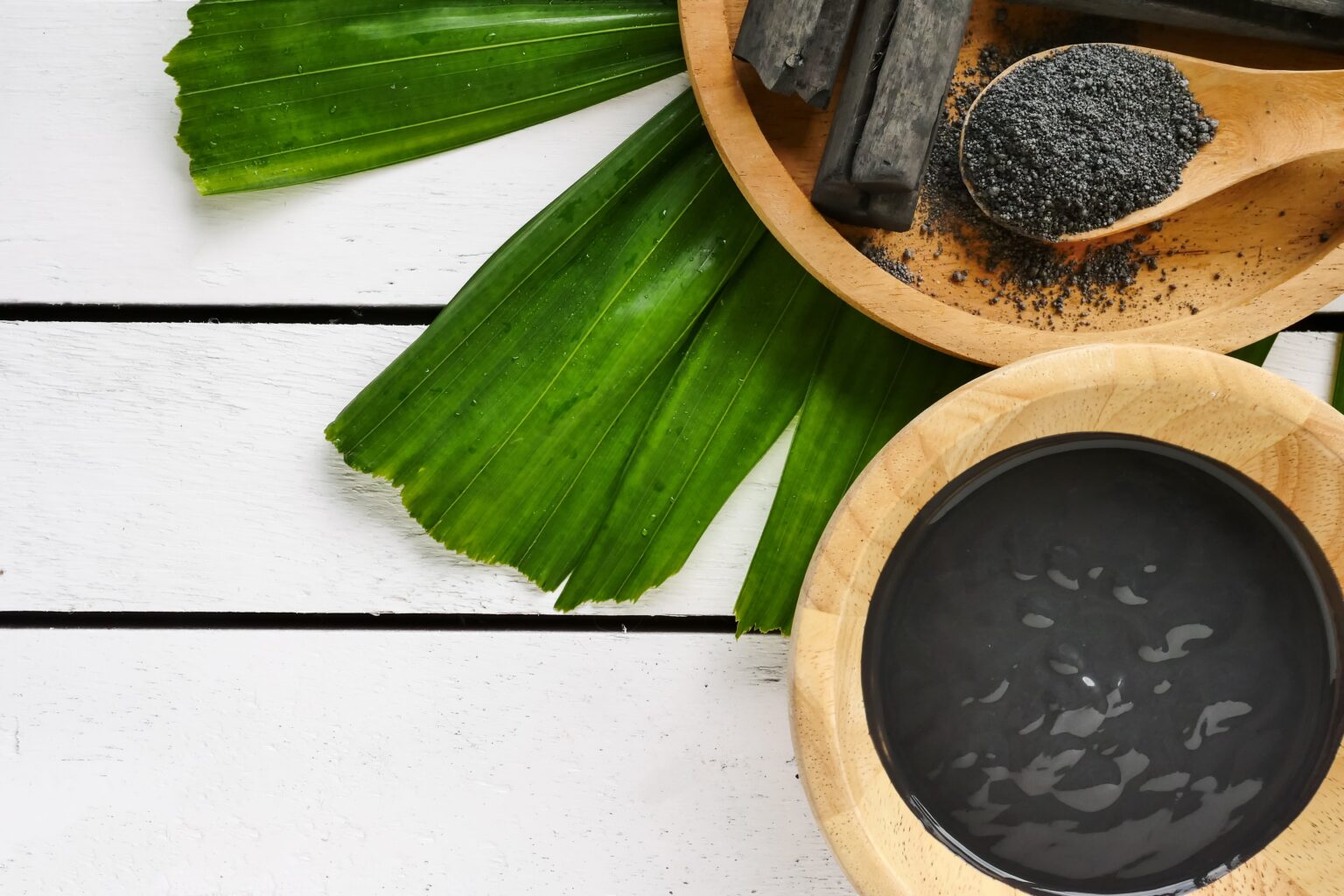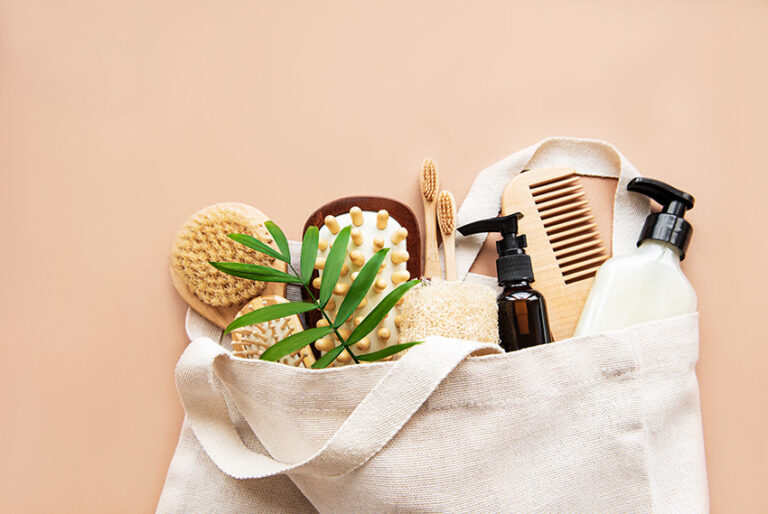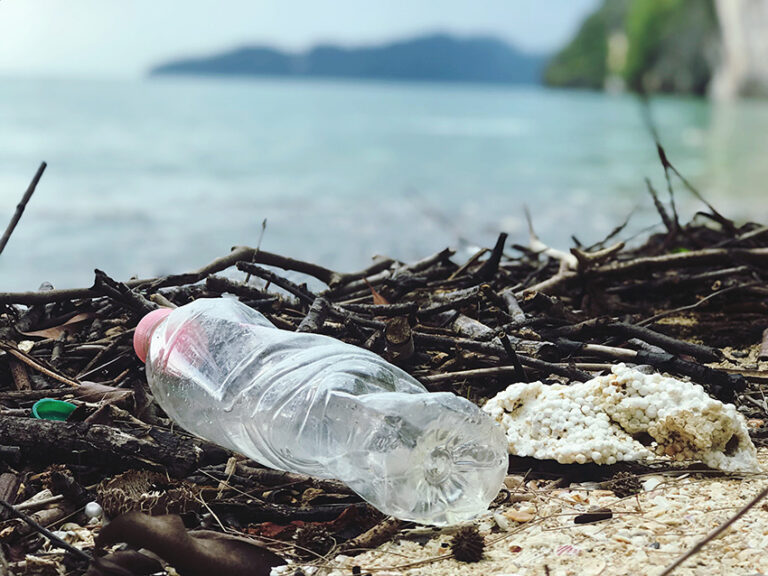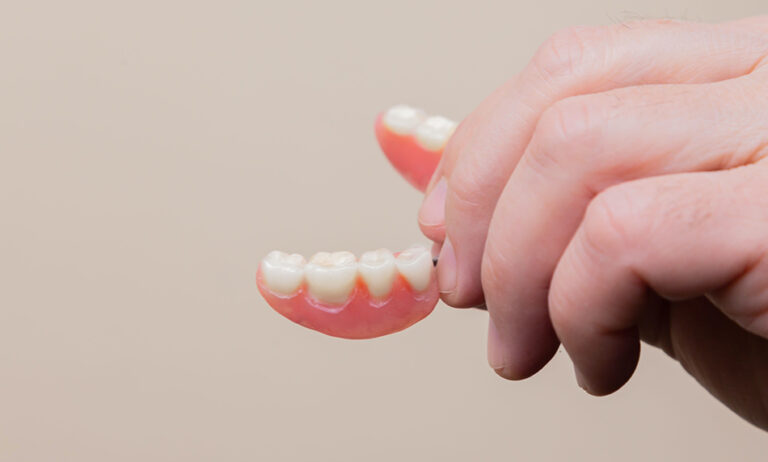We’ve seen some pretty strange trends over the years, and there are times when it’s difficult to tell what’s real and what’s a gimmick. Charcoal-based toothpastes are a great example of this; manufacturers claim they have unsurpassed whitening capabilities, but consumers aren’t sure if this is really the case. Does charcoal really whiten your teeth, or are you being duped?
What Is Charcoal Toothpaste?
In a nutshell, charcoal toothpaste is just like any other toothpaste on the market, but it contains activated charcoal – the same stuff you’d find in your first aid kit – to help whiten teeth as it cleans. The best way to find out once and for all whether black toothpaste can really live up to the claims is to ask the American Dental Association (ADA) for their recommendations. As it turns out, toothpastes that contain activated charcoal are exempt from being considered for the ADA’s Seal of Acceptance. In fact, the ADA experts say that charcoal toothpaste may actually do more harm than good.
Why Charcoal?
In theory, the activated charcoal in the toothpaste serves as an abrasive that scrubs away at stains and whitens teeth with each use. This certainly seems plausible, but it goes deeper than that – both figuratively and literally. The ADA claims that using charcoal toothpaste can actually cause the enamel covering your teeth to wear away prematurely, which not only leads to further staining, but also leads to things like tooth decay over time. In other words, there is no scientific evidence that charcoal toothpaste is a healthy choice for whitening your teeth.
Best Ways to Whiten Teeth (Sans Charcoal)
If you want to whiten your teeth but the idea of scrubbing away the enamel doesn’t sound enticing, there are some tips and tricks that you can use to make sure your teeth stay white. The ADA recommends avoiding toothpaste that has a relative dentin abrasivity (a fancy term used to describe the amount of grit in a toothpaste) of 250 or more, so keep this in mind. Otherwise, you can:
- Brush your teeth at least twice a day and after each meal. Food and beverages are the main culprits when it comes to stains, and that’s especially true for coffee and tea. Try to keep their consumption to a minimum and brush thoroughly afterward.
- Don’t overdo the fluoride. Fluoride is a necessary mineral found in the enamel of your teeth. It keeps your teeth strong and healthy – but only when fluoride is consumed in the right amount. Too much fluoride can actually make teeth brittle and cause discoloration. Most tap water is treated with fluoride, which means that fluoride in toothpaste tends to be overkill. Fortunately, there are fluoride-free toothpaste options out there that not only taste great, but are also vegan and cruelty-free.
- See your dentist for safer whitening options. Of course, the best way to remove stains from your teeth once they’ve set in is to see your dentist. There are numerous whitening options available, and each one has its own set of benefits and possible adverse effects. Your dentist can help you choose the best whitening regimen for your individual needs.
To summarize, while activated charcoal in toothpaste might look interesting, and while manufacturers might claim that it’s the best way to whiten your teeth, the ADA offers a warning that it may actually prematurely wear the enamel on your teeth. Before using any oral care product, make sure you do your research. If you have any questions about safety or efficacy, your dentist is the best person to ask.





